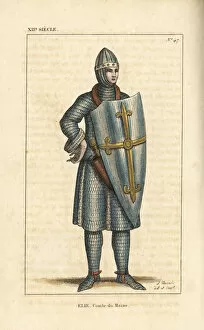Escutcheon Collection (page 8)
"Exploring the Rich History and Symbolism of Escutcheons
All Professionally Made to Order for Quick Shipping
"Exploring the Rich History and Symbolism of Escutcheons: From Coat of Arms to Bakelite Doorknobs" Step into a world where history meets artistry as we delve into the captivating realm of escutcheons. These ornamental plates, often adorned with intricate designs, have played significant roles throughout different cultures and time periods. One notable example is the Coat of Arms of Portugal from 1898, proudly displaying symbols that represent the nation's heritage and values. Similarly, the Coat of Arms of USA from the same year embodies American ideals through its iconic imagery. Traveling across borders, we encounter diverse heraldic traditions such as French, Spanish, English, and German heraldry. Each culture brings forth unique interpretations in their coat of arms - a visual language that tells stories about noble families or regions. In Liverpool, England in 1907, an engraving captures the essence of this vibrant city through its own distinctive coat of arms. Meanwhile, a roanoid bakelite doorknob and keyhole cover showcase how escutcheons transcended their traditional role to become stylish decorative elements within homes. Escutcheons also find themselves intertwined with historical figures like Edward Seymour or Queen Mary II. Their portraits immortalize them alongside their respective coats of arms - symbols that reflect power and lineage. Not limited to mere symbolism alone, escutcheons even make appearances on weaponry like militia or marine pattern flintlock muskets from 1759. These functional pieces bear not only practicality but also pride in one's affiliation. The journey concludes with William I Prince d'Orange (William the Silent), depicted in armor adorned with lace ruff while holding a flintlock pistol - his coat-of-arms above him representing his status as a prominent figure during his time. Lastly Matthew Parker's engraving reminds us that even religious figures were not exempt from utilizing these artistic creations for personal expression and identification.




















